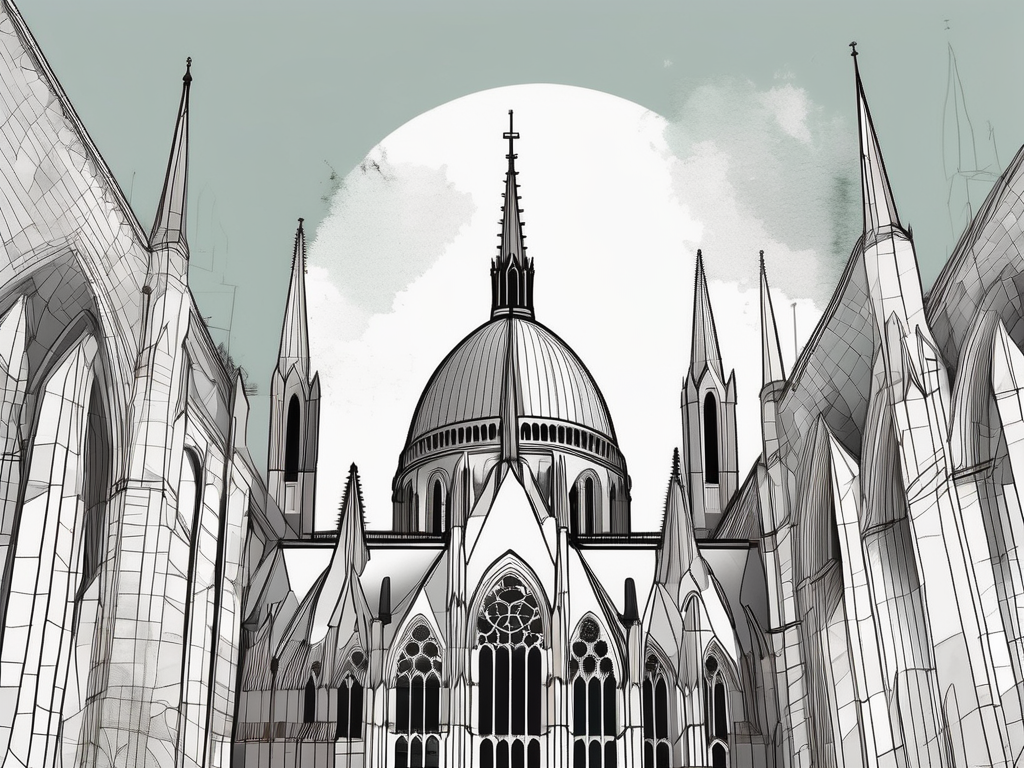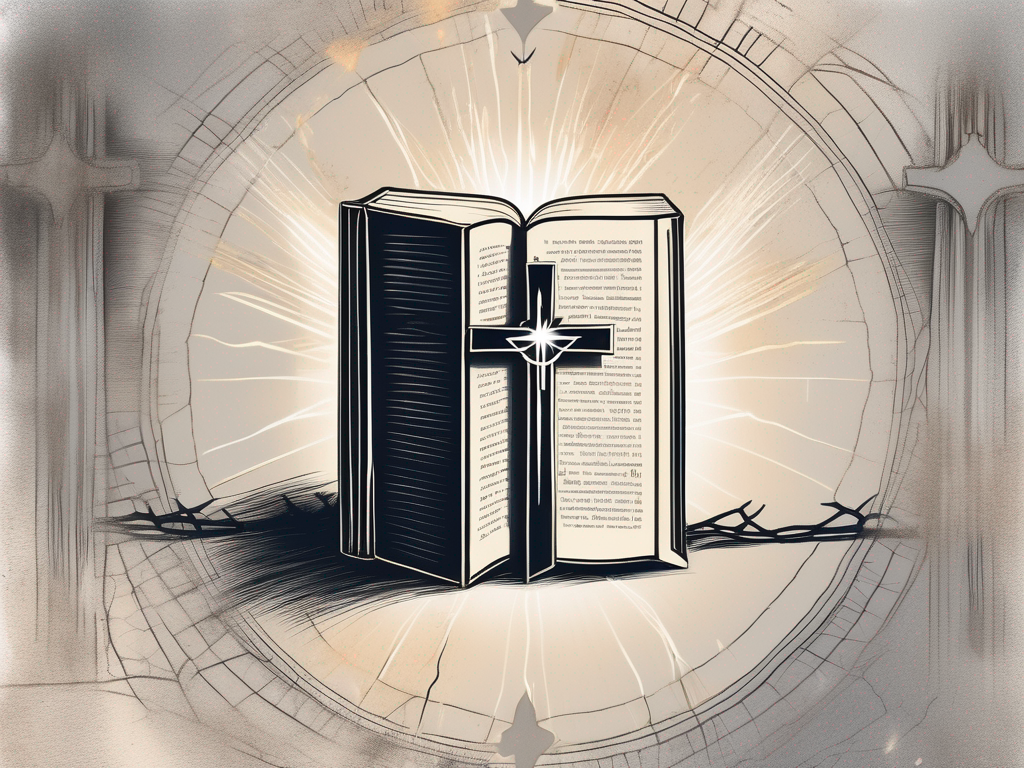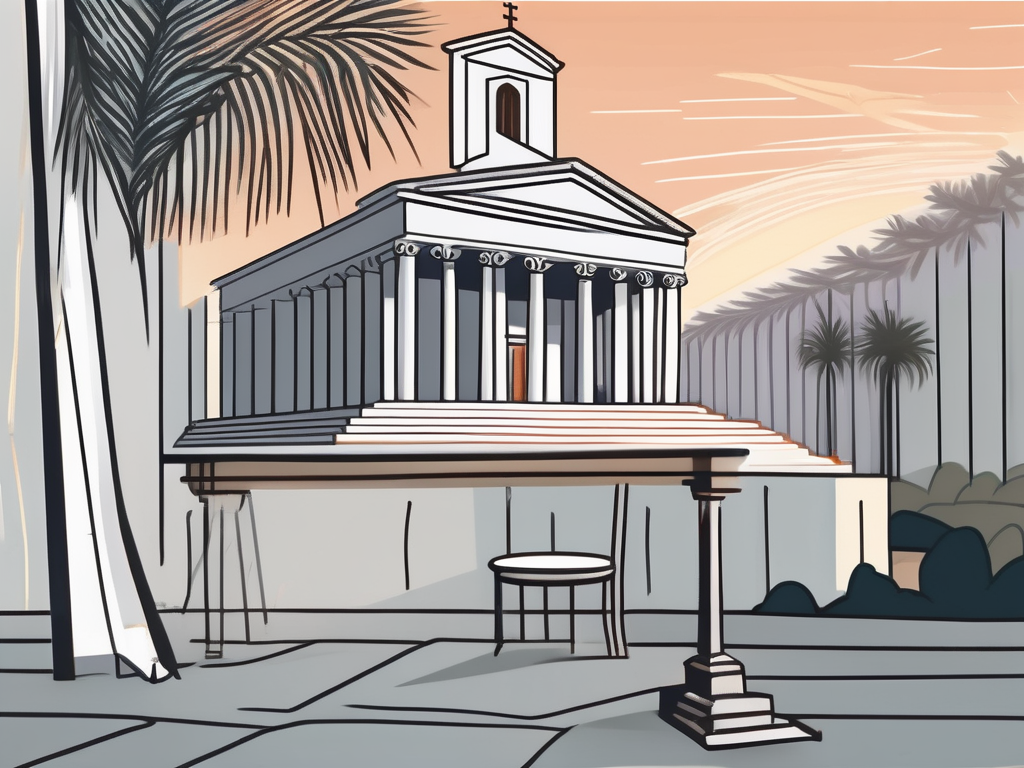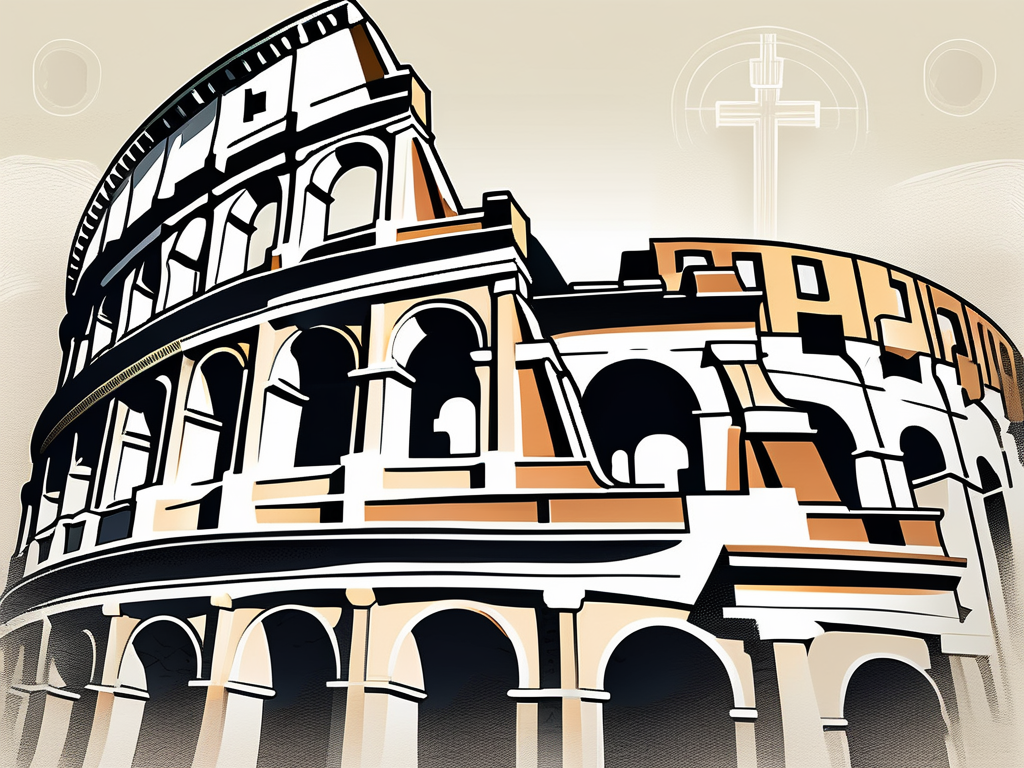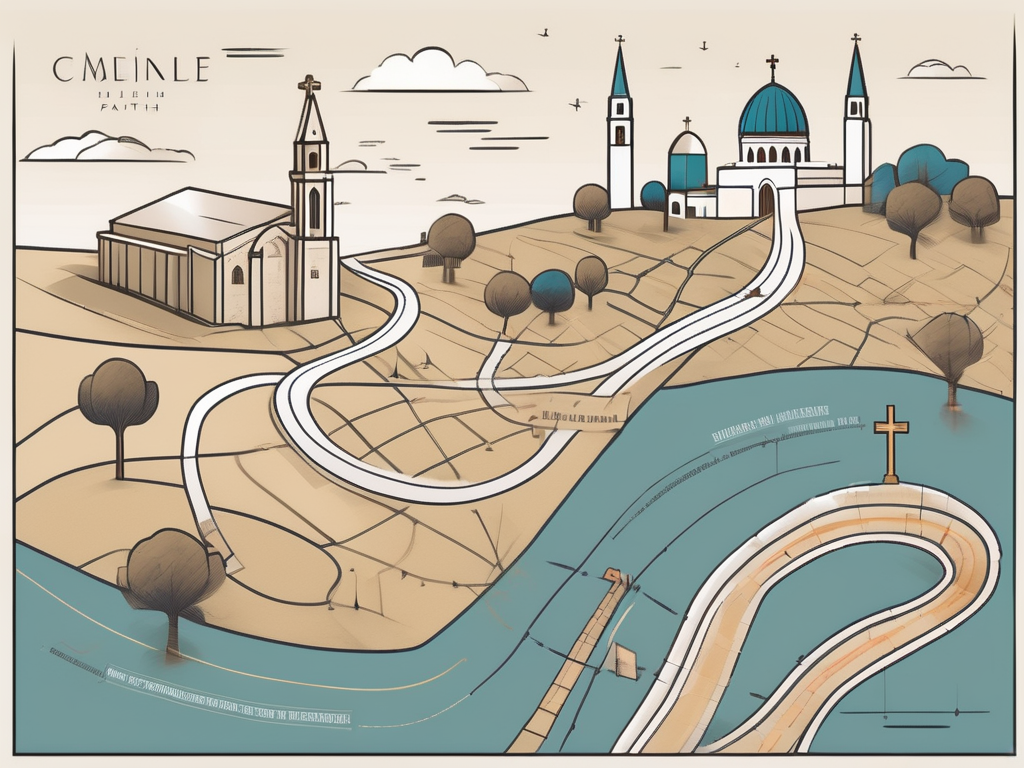Welcome to the fascinating world of Saint Denis of Paris! In this article, we will delve into the captivating history and profound significance of this revered figure. From his mysterious origins to his enduring legacy, Saint Denis has left an indelible mark on French culture and beyond.
Understanding Saint Denis: An Overview
Before we dive into the details, let’s get acquainted with the life and legend of Saint Denis. Who exactly was he?
Saint Denis, also known as Dionysius, was a prominent Christian martyr who lived during the Roman Empire in the late 3rd century. His story is shrouded in myth and legend, but his impact on Christianity and French history cannot be overstated.
Saint Denis is believed to have been born in Italy and later became the first Bishop of Paris. Known for his unwavering faith, he played a crucial role in spreading the teachings of Christianity in Gaul (present-day France).
But what led to his martyrdom and the subsequent legends that surround him?
Who was Saint Denis?
Saint Denis, born in the 3rd century, was a man of great conviction and faith. As the first Bishop of Paris, he faced numerous challenges in spreading the message of Christianity in a time when the Roman Empire was hostile towards the new religion.
Despite the risks, Saint Denis fearlessly carried out his duties, establishing churches and baptizing new converts. His charisma and dedication attracted a growing number of followers, making him a target for those who saw Christianity as a threat to their power.
As the persecution of Christians intensified under the reign of the Roman Emperor Decius, Saint Denis became a prime target. The authorities saw him as a symbol of resistance and a potential rallying point for the growing Christian community in Gaul.
The Legend of Saint Denis
The legend of Saint Denis is as fascinating as it is awe-inspiring. According to the accounts passed down through generations, Saint Denis faced severe persecution during the reign of Emperor Decius.
Refusing to renounce his beliefs, he was captured and subjected to a grueling execution. It is said that Saint Denis was beheaded, yet instead of succumbing to death, he performed a miracle that would forever etch his name in history.
Remarkably, the story takes a miraculous turn. Despite being beheaded, Saint Denis is said to have picked up his own head and walked several miles, preaching the Gospel all the while. This extraordinary tale has solidified his place as one of the most revered saints in Christian history.
The legend of Saint Denis’s headless journey has captured the imagination of believers and artists throughout the centuries. Paintings, sculptures, and stained glass windows depict this remarkable event, showcasing the enduring legacy of Saint Denis and his unwavering faith.
While the exact details of Saint Denis’s life and martyrdom may be lost to history, his significance as a martyr and patron saint of Paris remains unquestioned. His story serves as a reminder of the courage and devotion of early Christians who faced persecution for their beliefs.
The Historical Context of Saint Denis
To truly understand the significance of Saint Denis, we must take a closer look at the historical context in which he lived.
Saint Denis, also known as Dionysius, lived during a time of great upheaval and change in the Roman Empire. Christianity, the religion he devoted his life to, was still in its infancy and faced severe persecution. The Roman Empire, with its polytheistic beliefs and established order, saw Christians as a threat to its stability.
Despite the dangers and risks involved, Saint Denis remained steadfast in his faith. He preached the teachings of Jesus Christ and spread the message of love and compassion, even in the face of persecution. His unwavering devotion and courage served as a beacon of hope for the early Christian community.
Saint Denis in the Roman Empire
During the Roman Empire, Christianity was still a relatively new and persecuted religion. Saint Denis’s unwavering devotion to his faith took place during a time when Christians were considered a threat to the established order.
As the Roman Empire expanded, so did the reach of Christianity. The teachings of Jesus Christ resonated with people from all walks of life, offering a sense of purpose and hope in a world plagued by political turmoil and social unrest.
However, the Roman authorities saw Christianity as a challenge to their authority. The refusal of Christians to worship the Roman gods and their insistence on following a different moral code made them targets for persecution. Many Christians, including Saint Denis, faced imprisonment, torture, and even death for their beliefs.
Nevertheless, the martyrdom of Saint Denis symbolized the resilience of the early Christian community and served as a source of inspiration for future generations. His unwavering faith in the face of adversity became a testament to the power of conviction and the enduring strength of the human spirit.
Saint Denis and the Merovingian Dynasty
Following the fall of the Roman Empire, Saint Denis continued to play a significant role in French history, particularly during the Merovingian Dynasty.
The Merovingian Dynasty, which ruled over the Franks, saw Saint Denis as a symbol of national pride and identity. He became the patron saint of France, revered by both the ruling elite and the common people.
Kings sought the protection of Saint Denis and invoked his name to legitimize their reign. The connection between Saint Denis and French royalty became deeply ingrained in the nation’s history and culture.
Legends and stories of miracles attributed to Saint Denis further solidified his status as a revered figure. His relics, believed to possess healing powers, attracted pilgrims from far and wide, contributing to the growth and influence of the Abbey of Saint-Denis.
The Abbey of Saint-Denis, located just outside of Paris, became a center of religious and political power. It served as the burial place for French kings and queens, further cementing the connection between Saint Denis and the monarchy.
Even today, Saint Denis remains an important figure in French history and culture. The Basilica of Saint-Denis, built on the site of the original abbey, stands as a testament to his enduring legacy.
The Martyrdom of Saint Denis
Let us now explore the harrowing tale of Saint Denis’s martyrdom and the impact it had on early Christianity.
The Persecution of Christians
During the reign of Emperor Decius, the persecution of Christians reached its peak. Saint Denis, along with his companions, faced unimaginable hardships and persecution for their faith.
This era of persecution not only tested the resolve of the early Christian community but also sparked a wave of martyrdom that ultimately strengthened the foundations of the faith.
The Miraculous Journey Post-Beheading
Perhaps the most remarkable aspect of Saint Denis’s martyrdom is his posthumous journey. Legends tell us that after being beheaded, he miraculously picked up his detached head and embarked on a surreal journey.
With head in hand, Saint Denis allegedly traveled several miles, preaching and spreading the Christian message. This awe-inspiring event further cemented his reputation as a powerful advocate of the faith.
Saint Denis as the Patron Saint of France
Now, let’s explore the enduring significance of Saint Denis as the patron saint of France and his remarkable influence on French culture.
The Role of Saint Denis in French Culture
Saint Denis holds a hallowed place in French culture, serving as a powerful emblem of national identity. His unwavering faith and miraculous martyrdom earned him the respect and admiration of countless generations of Frenchmen and women.
From literature to art, Saint Denis has left an indelible mark on French culture, serving as an inspiration for many renowned artists and writers.
Saint Denis and French Royalty
The association between Saint Denis and French royalty is deeply rooted in history. Legend has it that after his martyrdom, Saint Denis appeared to the Frankish King Clovis I, urging him to embrace Christianity.
This encounter led to the conversion of Clovis I and laid the foundations for the strong alliance between French royalty and the Church.
The Basilica of Saint Denis
To commemorate the life and legacy of Saint Denis, the Basilica of Saint Denis was constructed. This magnificent architectural marvel stands as a testament to his enduring influence.
Architectural Significance of the Basilica
The Basilica of Saint Denis is considered a masterpiece of Gothic architecture. Its soaring spires, intricate stained glass windows, and ornate tombs make it a visual marvel, attracting visitors from around the world.
By combining artistic and architectural brilliance, the basilica pays homage to Saint Denis’s esteemed status and ensures his story lives on for generations to come.
The Basilica as a Burial Site
One of the most important aspects of the Basilica of Saint Denis is its role as a burial site for French monarchs. Numerous kings, queens, and other figures of historical significance found their final resting place within its sacred walls.
This honor bestowed upon them further solidifies the connection between Saint Denis, French royalty, and the enduring legacy of the basilica itself.
In conclusion, the history and significance of Saint Denis of Paris are both captivating and profound. From his humble beginnings to his martyrdom and subsequent veneration, Saint Denis’s story continues to inspire and resonate with people worldwide. The Basilica of Saint Denis stands as a testament to his enduring legacy, ensuring that his memory and impact on French culture remain forever etched in history.
